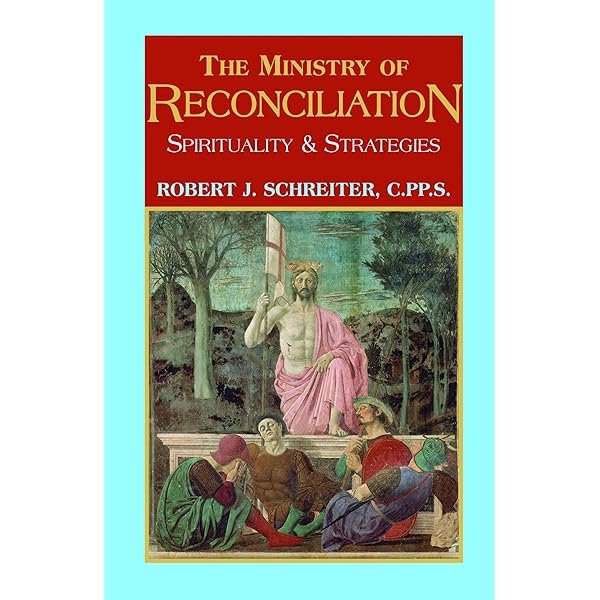August 13, 2023, was a typical Sunday morning. My plans for the day were to attend Mass at Assumption Parish, Hay River and then possibly travel down the highway to catch the last part of the music jamboree in the hamlet of Enterprise. That afternoon our lives would be changed, and our plans up-ended.
I returned from Mass but did not like the look of the sky, it was too yellow. After watching the Blue Jays baseball game, I noticed a ridge of grey clouds in the sky toward town. The ridge grew deeper, and I thought, ‘There is a fire in the sky.’ As I drove into town, vehicles were lined up at the first gas station and many vehicles were heading out of town. By the time I reached the second gas station, with more than 50 vehicles on either side of the pumps, a huge, ominous mushroom cloud had covered the whole town, black and grey. At that moment, the alert came across my phone to evacuate immediately. Having been in Fort Simpson for two days, I had only a quarter tank of gas, not enough to get very far.
Friends, Gertie and Don, “adopted” me and my cat Ts’udaa, and eventually we headed to High Level, Alberta. We would be there for five weeks. As an evacuee, I was blessed to be in a comfortable home, unlike others who fled with their campers or were in a hotel room in various cities and towns throughout Alberta and beyond.
All photos by Sister Maggie
We received daily updates from the Town of Hay River and from NWT Fire. Never have I been more interested and concerned about the direction of wind and its speed of gusts. I have learned so many terms related to firefighting such as duff, blacklining, breaching perimeters, and back-burning. An amazing fact is that when the smoke was too intense and thick that the water bombers and helicopters with buckets could not fly due to poor visibility, the smoke shielded the sun. As the sun was shielded, it allowed the air below to cool and the ground crews could make headway building the perimeters. At times the “duff”, which is the leaves, twigs, and vegetation on the forest floor that is “returned to Mother Earth”, was at times three feet deep. The bulldozers and crew with shovels removed the vegetation, water bombers soaked the area, and then planes dropped fire retardant. This was to build a protective perimeter around our town. When the fire advanced it would hopefully not breach the “blacklining” but extinguish itself. And it worked, thankfully!
When we received word, after 5 weeks, that it was safe to return home, we knew it would be an emotional drive. The small hamlet of Enterprise that had been celebrating a music jamboree that Sunday morning, was 85% gone, the small community/neighborhood of Patterson Road was completely gone, as we neared Hay River vast expanses of trees had burned. In other sections trees had intentionally been cut down to reduce the fuel to feed the advancing fire. There were still many hotspots and smoking embers.
That first night home after I had gone to bed, I noticed a brightness in the sky. Going to my window, I saw a small stream of Northern Lights. I picked up Ts’udaa and we stood on the front deck for several minutes. The sky was star-studded and there was a gentle stream of white lights. It was as if our Creator was saying, “Welcome home. All will be well.”
Pictured here, trees cut intentionally so as not to become fuel for fire.
The first week home I was very emotional and on guard. The look in the sky and the direction and strength of the wind caused me to be on guard. Helicopters continued to fly over my house carrying buckets of water to hotspots. I went to town in those early days of returning, and three sentences were spoken as we met each other; “Welcome home”. “How are you?” “Where were you?” We often spoke softly and hugged. Many emotions still too close to the surface.
As I met firefighters in town I would stop and thank them, tears welling up in my eyes. Their response was, “We are happy we could bring you home. It is what we do. It is a privilege, this work.” Several jurisdictions from Alberta sent pumper trucks and crew. Fire crews from many provinces and countries such as New Zealand and South Africa joined in the fight to save our town.
Still, after these days and weeks it is very emotional to recount the events of August 13 and the following days of evacuation and the drive home.
During evacuation, the many prayers, phone calls, texts and emails were a tremendous support, not only to me, but to the crews in their tireless efforts.
Although difficult amidst such trauma and devastation, it is important to realize that the life of the forest depends on fire, naturally. It is the heat of the fire that allows the cones to release their seeds so new growth can take place. We know that next spring there will be new growth, bright green amid the charred trees still standing and beautiful purple fireweed will bloom.
-Sister Maggie Beaudette, CSJ









